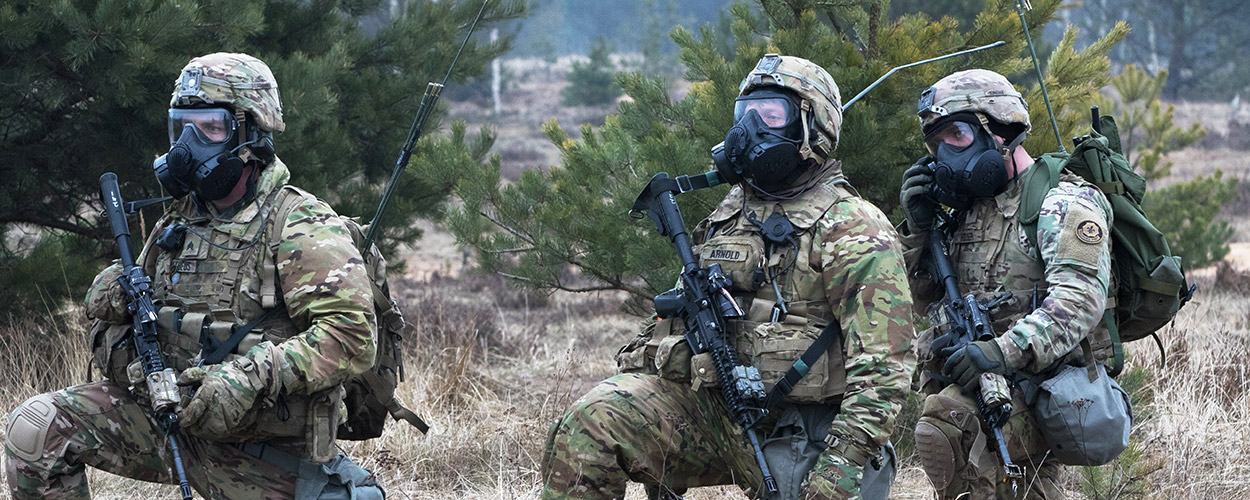Field Deployable Decontamination
Field Deployable Decontamination
Researchers develop methods to mitigate threats in the field
By Bradley Kroner
Researchers at the U.S. Army Research, Development and Engineering Command Chemical & Biological (RDECOM C&B) Center are developing field deployable decontamination methods for situations where a warfighter may encounter small stockpiles of chemical agent.
Small stockpiles pose a threat to warfighters and their mission, and the size of the stockpile can present a logistical challenge for decontamination. By drilling into agent shells and injecting a chemical, warfighters can start a chemical reaction that renders the agent unusable for military purposes.
“This aims to address a scenario in which an Army unit comes across a clandestine laboratory that produces chemical weapons or a small stockpile with bulk agent or munitions,” said David McGarvey, Ph.D., the RDECOM C&B Center project lead. “This project will enhance their ability to mitigate the threat and potentially transport it.”
Without a decontamination method, Soldiers may face transporting the agent, which would be a significant logistical challenge and could disrupt their mission. Detonating the agent would present public health and environmental concerns. RDECOM C&B Center research, done in partnership with Dr. William Creasy of Leidos Corporation, as well as Dr. Mark Kinnan and other scientists from the U.S. Department of Energy, is nearing a solution.
“By drilling into the shell and adding a chemical to the chemical weapon, Soliders can plug the shell and walk away knowing that it’s no longer capable of being used for military purposes,” McGarvey explained.
Funded by the Defense Threat Reduction Agency, the capability is estimated to be two to three years from deployment, McGarvey said. So far, the methods have proved effective on the laboratory scale.
It’s too soon to say specifically what materials are being used, but the two primary decontamination methods are hydride reduction, which breaks chemical bonds into starting materials, and nitride reactions, which have proven highly effective but are less understood.
“With the nitride, we know it works, and we’re investigating the chemistry of how it works,” McGarvey explained. “Part of our mission is understanding the details in order to optimize reaction conditions.”
“We’ve shown it’s effective in small quantities,” McGarvey said. “We’re scaling up this year to larger scale testing, eventually looking at reacting a liter at a time.”
The methods are being tested against all the major classes of agent – mustard, G-series, and VX.
“We’re also looking at two binary chemical weapon materials – QL, part of a binary VX weapon, and DF, part of a binary G-series agent used in sarin,” McGarvey said. “We’ve seen a good level of capability against all three of those classes.”
Soldiers using the proposed field deployable contamination method would be able neutralize a munition in the field without presenting a public health or environmental concern.

